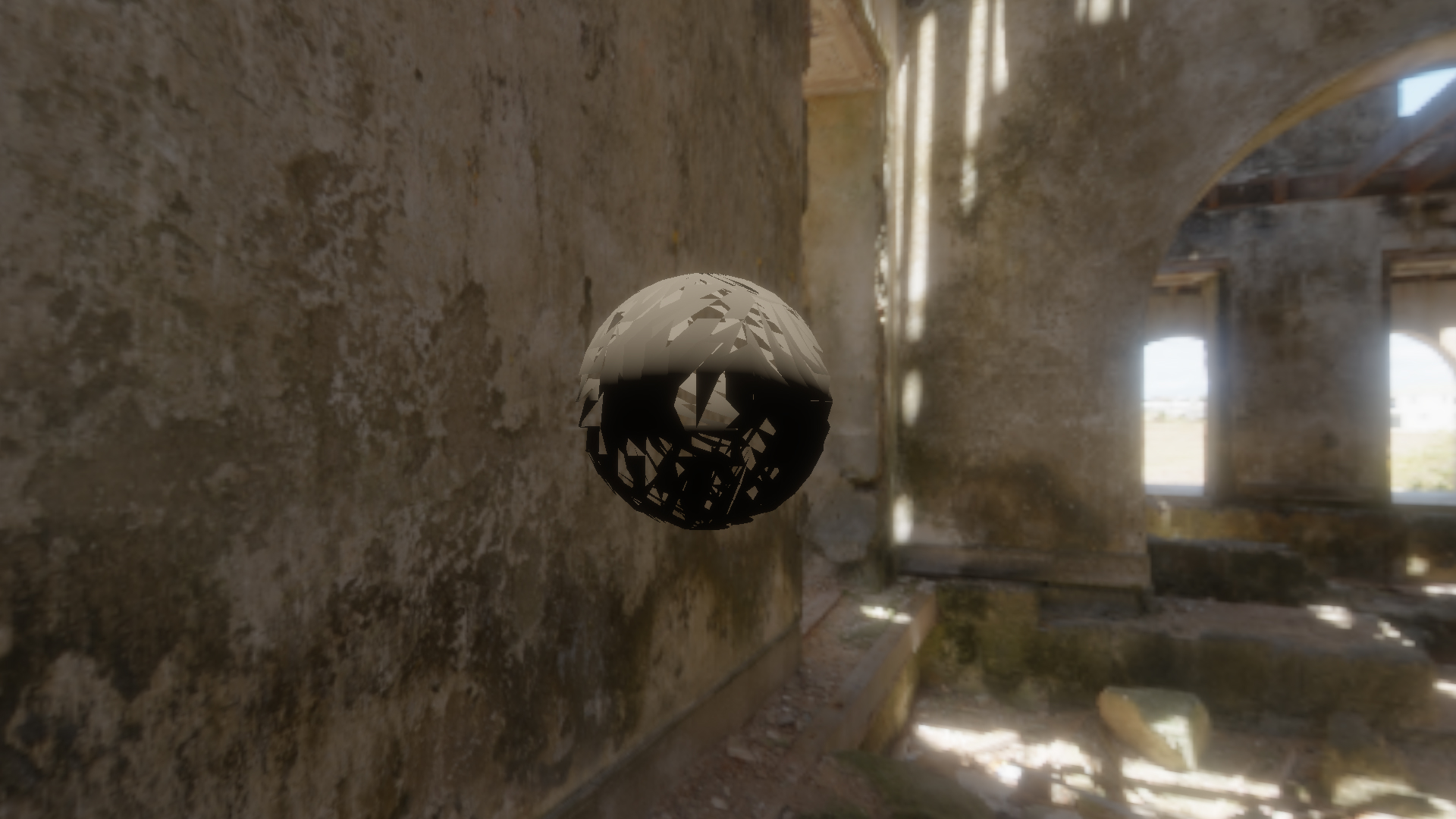GraphicsProgramming
10 readers
1 users here now
Magazine for all things related to graphics programming. Feel free to post.
founded 1 year ago
1
2
3
4
5
6
7
8
9
10
11
12
13
14
15
16
17
18
19
20
21
22
23
24
25
view more: next ›




